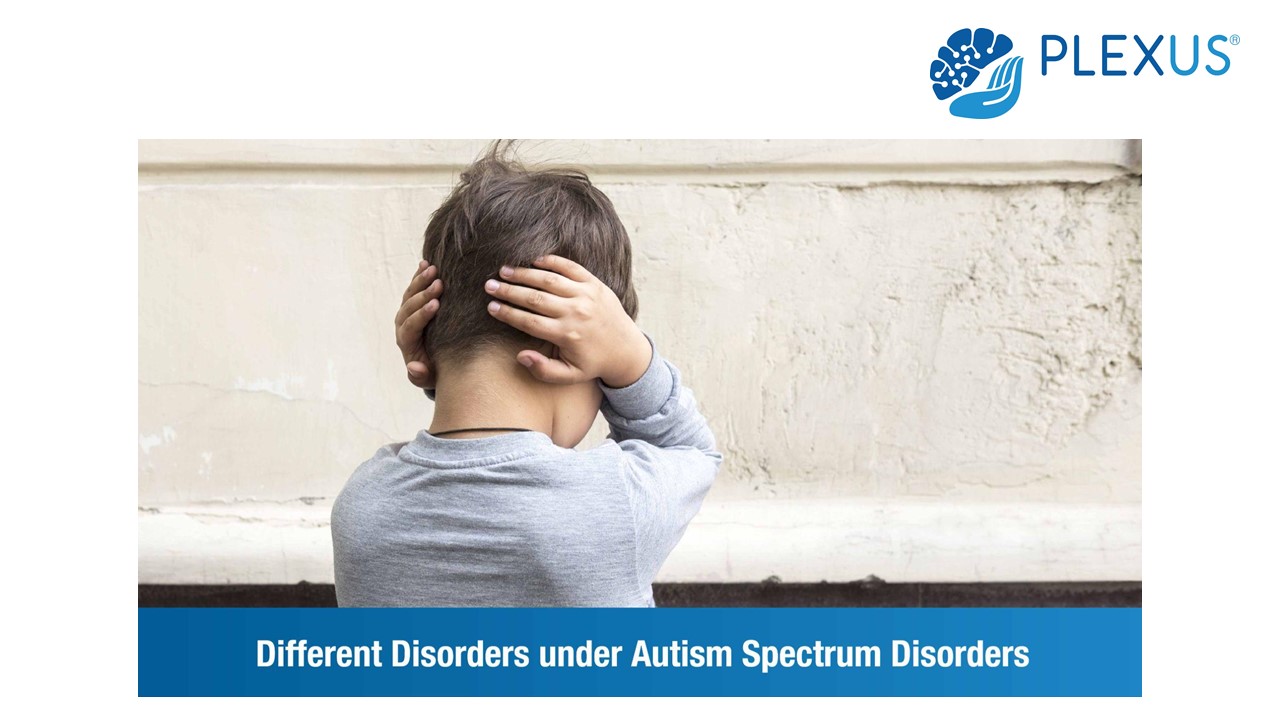Different Disorders under Autism Spectrum Disorder - PowerPoint PPT Presentation
Title:
Different Disorders under Autism Spectrum Disorder
Description:
Autism Spectrum Disorder (ASD) is a range of neurodevelopmental conditions. It affects the social, behavioural, and communicative abilities of the individual. It also impacts the cognitive abilities, focus, learning abilities, and motor skills of the individual. – PowerPoint PPT presentation
Number of Views:5
Title: Different Disorders under Autism Spectrum Disorder
1
(No Transcript)
2
What is ASD?
Autism Spectrum Disorder (ASD) is a range of
neurodevelopmental conditions. It affects the
social, behavioural, and communicative abilities
of the individual. It also impacts the cognitive
abilities, focus, learning abilities, and motor
skills of the individual.
3
What are the disorders under ASD?
Aspergers syndrome is on the MILDER END of the
spectrum. The individual finds social interaction
challenging. Pervasive developmental disorder
(PDD-NOS) is on the MIDDLE of the spectrum. It is
characterised by difficulty in communication as
well as social interactions. Autistic disorder
is a MIX of Aspergers syndrome and PDD-NOS. The
individuals social skills and communication
skills are significantly affected. Childhood
disintegrative disorder is the MOST SEVERE and
rarest type. Children between the ages of 2 and 4
years will suddenly LOSE their social, language,
and mental skills.
4
Signs and symptoms of ASD
- Behavioural challenges
- Unusual reactions to the way things sound, smell,
taste, look, or feel (sensory processing
difficulties) - Commonly found to be obsessed by a particular
part of object - Repeats words or phrases over and over (called
echolalia) - Upset with minor changes to routine
- Plays with toys the same way every time
- Obsessive interests
- Lines up toys or other objects and gets upset
when order is changed
5
Social interaction and communication challenges
- Does not share interests with others by 15 months
of age (for example, shows you an object that
they like) - Does not show facial expressions like happy, sad,
angry, and surprised by 9 months of age - Uses few or no gestures by 12 months of age (for
example, does not wave goodbye) - Avoids or does not keep eye contact
- Does not respond to name by 9 months of age
- Does not pretend to be something else, like a
teacher or superhero, during play by 48 months of
age - Uses few or no gestures by 12 months of age (for
example, does not wave goodbye) - Does not point to show you something interesting
by 18 months of age - Does not notice when others are hurt or upset by
24 months of age
6
Other symptoms
- Unusual mood or emotional reactions
- Anxiety, stress, or excessive worry
- Delayed language skills
- Delayed movement skills
- Delayed cognitive or learning skills
- Gastrointestinal issues (for example,
constipation) - Hyperactive, impulsive, and/or inattentive
behavior - Epilepsy or seizure disorder
- Unusual eating and sleeping habits
- Lack of fear or more fear than expected































